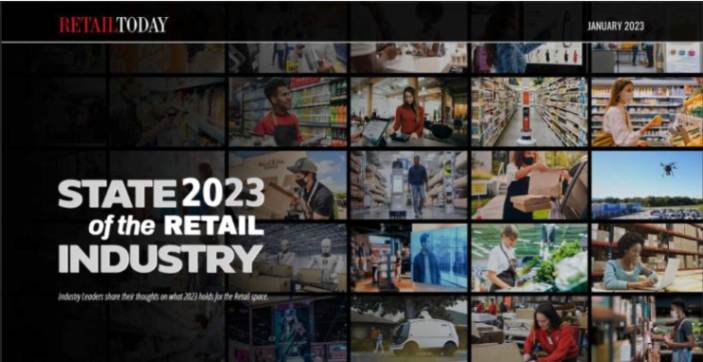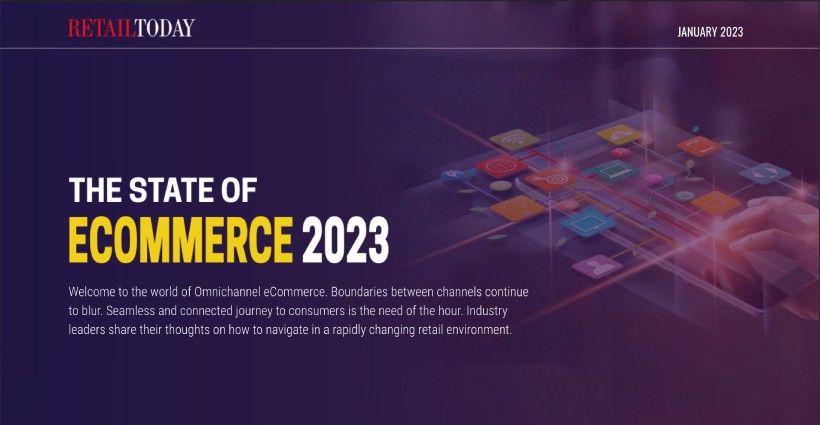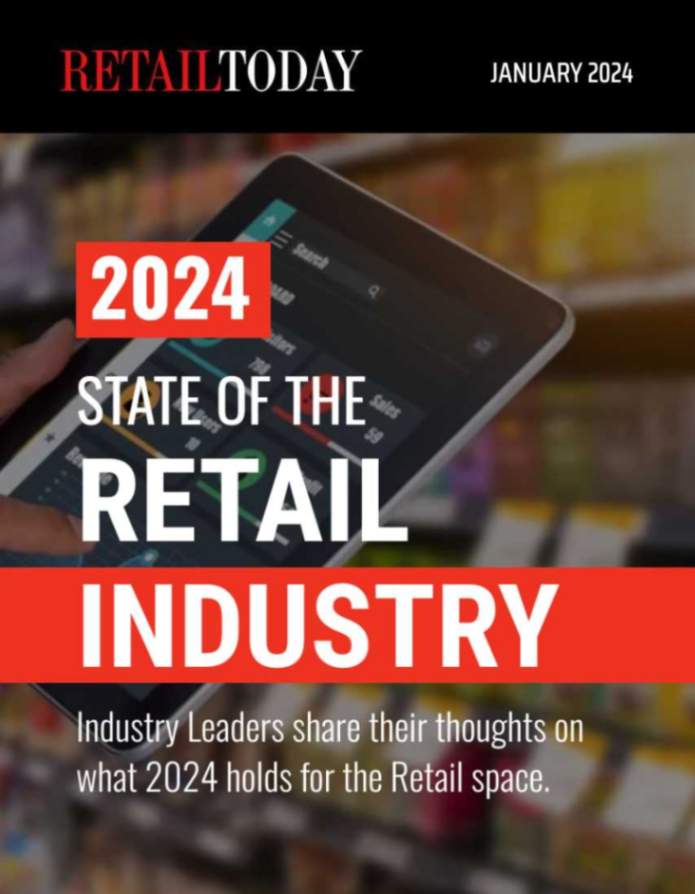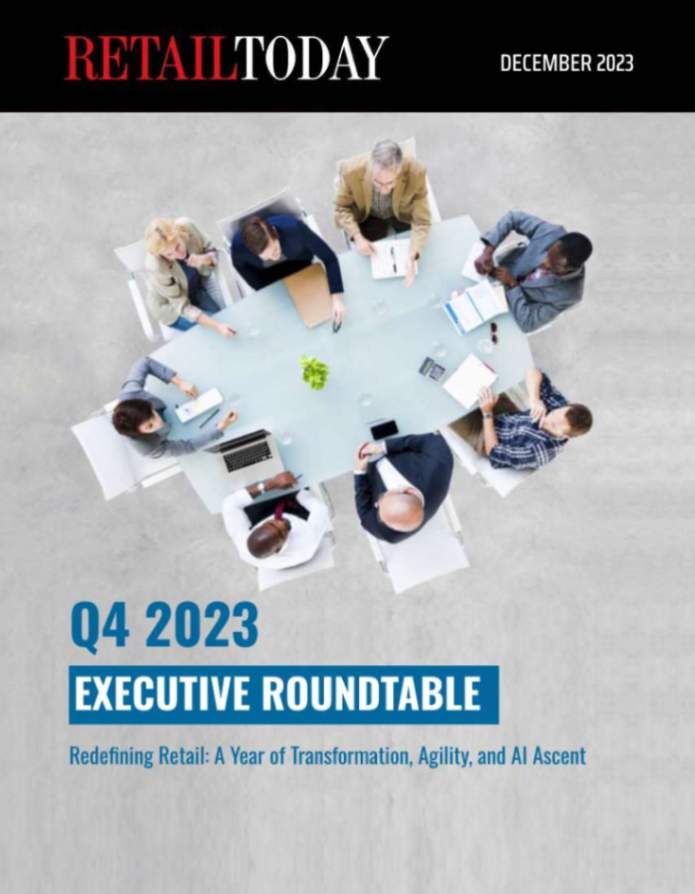Consumers want to shop with ethical brands and retailers. However, savvy shoppers are growing cynical about superficial attempts by businesses to demonstrate their socially-conscious credentials. Instead, ecommerce and multi-channel retailers should “show, don’t tell” what they are doing to meet their consumer’s values, according to nShift, the global leader in delivery management software.
Research shows that almost half (49%) of people believe that too many brands align with good causes simply as a publicity stunt. Instead of building loyalty with customers, initiatives that appear cynical risk damaging the trust between retailers and shoppers.
Sean Sherwin-Smith, Post Purchase Product Director at nShift said, “Most consumers can spot the difference between a brand that is really trying to make a positive impact and one that’s simply paying lip service to sustainability issues. It’s easy to talk the talk but it’s the businesses that really demonstrate a positive impact – or give consumers the ability to do so – that prove they are making a difference.
“In our experience, there are three major ways that brands can show that they are prepared to put their money where their mouth is and make a positive impact on the world around them.”
Show, don’t tell
Sean has compiled a list of three “show, don’t tell” strategies for online and multi-channel retailers to demonstrate their commitment to sustainability:
- Let shoppers participate – too many companies talk about what they are doing to improve the planet but rarely give their customers the chance to join in. By providing lower-emissions delivery options at checkout and clearly labeling them with a visible icon or badge, a retailer can help a customer choose to improve their own carbon footprint, giving them reason to come back for more
- Keep it specific – general commitments to positive impact may work in an annual report but they are hardly likely to convince savvy shoppers. Giving customers the chance to associate with a specific cause is much more meaningful. A great way to do this is to set up delivery options with micro-donations embedded in the shipping price, so that after clicking the buy button they can choose from one of several good causes to make a positive environmental impact, such as removing plastic from the sea
- Report back – rather than talking about sustainable aspirations, retailers should update customers on their progress in reducing emissions, both in terms of meeting the new legal requirements coming in 2024 and in going further. These updates should not be hidden in the menu of the website. Retailers can proactively communicate success to the customer through branded updates. For this to be successful, retailers and warehouses need a reliable way to measure and report on emissions across the supply chain






